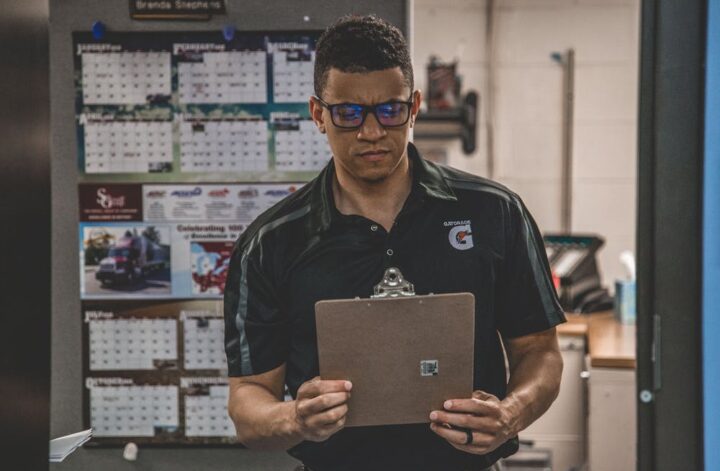Reverse logistics is a crucial aspect of supply chain management that deals with the return, repair, and disposal of products. Efficient reverse logistics processes can save businesses time and money while improving customer satisfaction. In this blog, we’ll explore nine practical ways you can enhance your return logistics operations for a more efficient and streamlined system.
Streamlining Returns and Refunds
A centralised return system simplifies the process of managing product returns, making it easier for both customers and your business. By consolidating returns into one location, you can efficiently process refunds, exchanges, and repairs. This leads to faster resolution times and increased customer satisfaction.
Setting Expectations and Guidelines
Establishing clear and concise return policies is essential for smooth return logistics operations. Clearly communicate the terms and conditions of product returns, including timeframes, eligibility, and the process for refunds or exchanges. Make sure your policies are easily accessible on your website or in-store to reduce confusion and ensure customers understand their rights and responsibilities.
Leveraging Automation and Data Analytics
Investing in technology can significantly enhance your return logistics processes. Automation and data analytics can help you identify trends, monitor performance, and optimise return strategies. Implementing specialised software can streamline communication, tracking, and inventory management, leading to more efficient return logistics operations.
Building a Knowledgeable and Skilled Team
A well-trained staff is key to effective return logistics management. Provide your team with ongoing training and support to ensure they
have the necessary skills and knowledge to handle returns, repairs, and disposals efficiently. Encourage a customer-centric approach, emphasising the importance of resolving issues promptly and professionally.
Expanding Your Return Logistics Capabilities
Partnering with third-party providers can be an effective way to enhance your return logistics operations. By outsourcing certain aspects, such as transportation, repair, or disposal, you can focus on your core competencies and improve overall efficiency. Choose partners who share your commitment to quality and customer service to ensure a seamless experience for your customers.
Identifying Opportunities for Improvement
Gathering and analysing customer feedback is crucial for refining your return logistics processes. Collect feedback through surveys, reviews, and direct communication to identify common pain points and areas for improvement. Use this information to make data-driven decisions and implement changes that will benefit your customers and your business.
Embracing Eco-Friendly Practices
Incorporating sustainable practices into your return logistics operations can help reduce waste and minimise environmental impact. Consider implementing recycling and refurbishment programs to give products a second life, or partner with responsible disposal services to ensure waste is managed in an environmentally friendly manner. Demonstrating a commitment to sustainability can also boost your brand’s reputation and appeal to eco-conscious customers.
Continuous Improvement and Adaptation
Regularly reviewing and updating your return logistics processes is essential for maintaining efficiency and staying competitive. Keep up to date with industry best practices and emerging technologies, and be prepared to adapt your strategies as needed. This commitment to continuous improvement will help you stay ahead of the curve and ensure your return logistics operations remain effective.
Measuring Success and Progress
Tracking and monitoring KPIs can help you gauge the success of your return logistics operations and identify areas for improvement. Some essential KPIs to track include return rate, processing time, customer satisfaction, and cost per return. Regularly analysing these metrics enables you to make informed decisions and implement changes that will positively impact your return logistics performance.
Elevating Your Reverse Logistics to New Heights
In conclusion, enhancing your
reverse logistics operations requires a combination of strategic planning, technology investment, and ongoing monitoring and improvement. By implementing these nine innovative strategies, you can streamline your processes, increase customer satisfaction, and reduce costs associated with returns, repairs, and disposal. Embracing these best practices will not only benefit your business but also contribute to a more sustainable and efficient supply chain for the long term.




